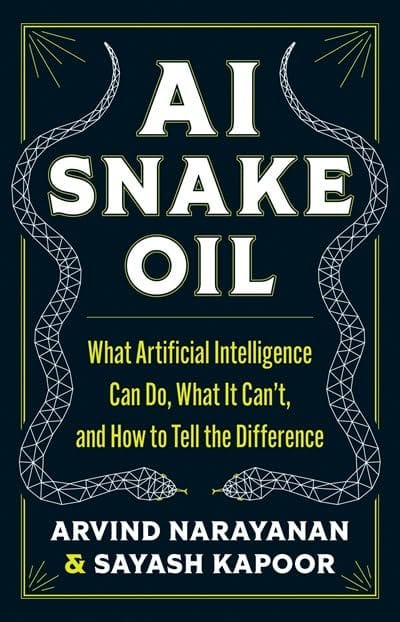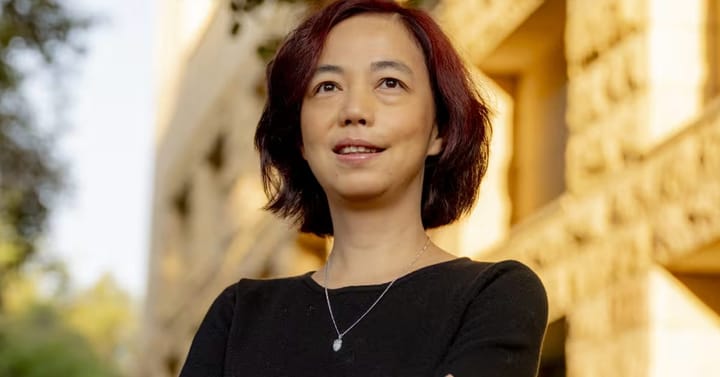GPT-4: A Primer

If you are interested in artificial intelligence (AI), you may have heard of GPT-4, the latest and most advanced language model from OpenAI. Let’s learn a bit more about this!
Generative Pre-trained Transformer 4
GPT-4 is expected to be released next week, according to Microsoft Germany CTO Andreas Braun. But what is GPT-4 and why is it so important?
GPT-4 stands for Generative Pre-trained Transformer 4.
It is a deep learning system that can generate natural language texts on almost any topic, given some input words or sentences. For example, you can ask GPT-4 to write a poem, a summary, a code snippet, or even a song based on your keywords.
Reliability, security and scalability issues
Microsoft is a technology company that provides cloud computing services and AI tools for businesses and developers.
Microsoft Germany CEO Marianne Janik said that GPT-4 and other large language models are “an iPhone moment” for AI. She believes that AI can create value and innovation for companies and society by automating repetitive tasks and enhancing human creativity.
However, there are also challenges and risks associated with using such powerful AI systems. Some of these include ethical issues (such as bias, privacy and accountability),
technical issues (such as reliability, security and scalability), and regulatory issues (such as compliance with laws and standards).
GPT-4 : Launching Soon
GPT-4 is expected to be available for public use soon. However, access to the full model may be limited or restricted by OpenAI and Microsoft. They said that they want to ensure that GPT-4 is used for good purposes and not malicious or harmful ones.
GPT-4 is a remarkable achievement in AI research and development. It has the potential to revolutionize many fields and industries by providing new ways of generating and consuming information.
One Trillion Parameters
GPT-4 is not just a text generator. It is also multimodal, which means it can understand and produce different types of media, such as images, music and video. For instance, you can ask GPT-4 to translate a text into another language with an accompanying image or audio clip.
GPT-4 is the successor of GPT-3, which was released in 2020 and was already considered a breakthrough in AI. GPT-3 had 175 billion parameters (the numbers that define how the model works),
while GPT-4 has more than 1 trillion parameters. This makes GPT-4 more powerful and capable of learning from more data.
Collaboration between OpenAI and Microsoft
GPT-4 is also the result of a collaboration between OpenAI and Microsoft. OpenAI is a research organization that aims to create artificial intelligence that can benefit humanity without causing harm or being misused.



Comments ()